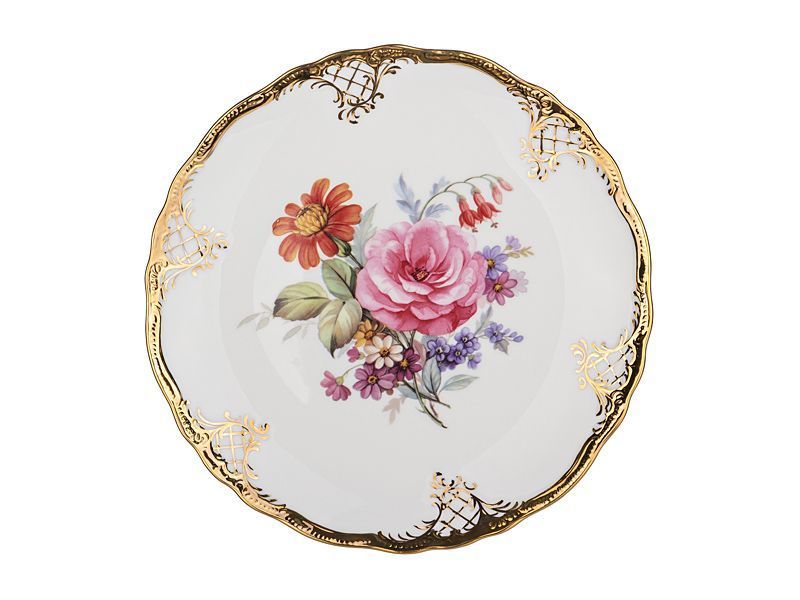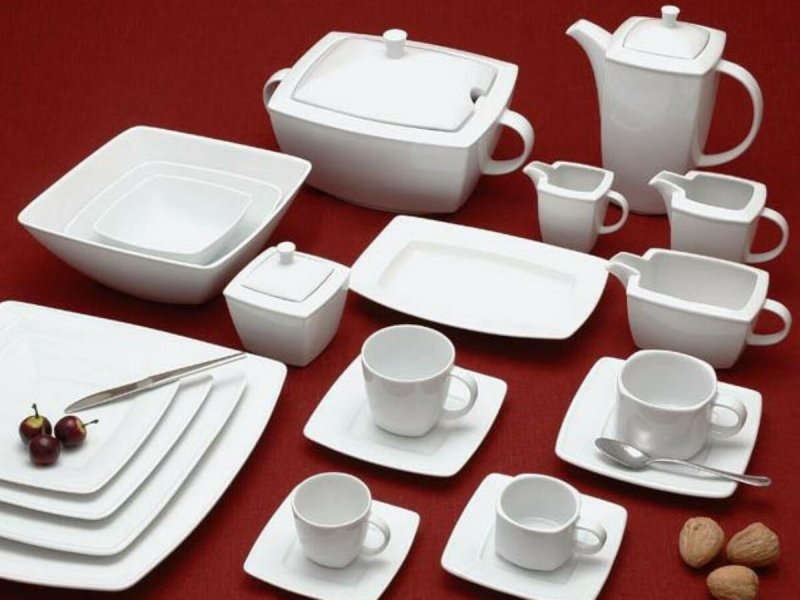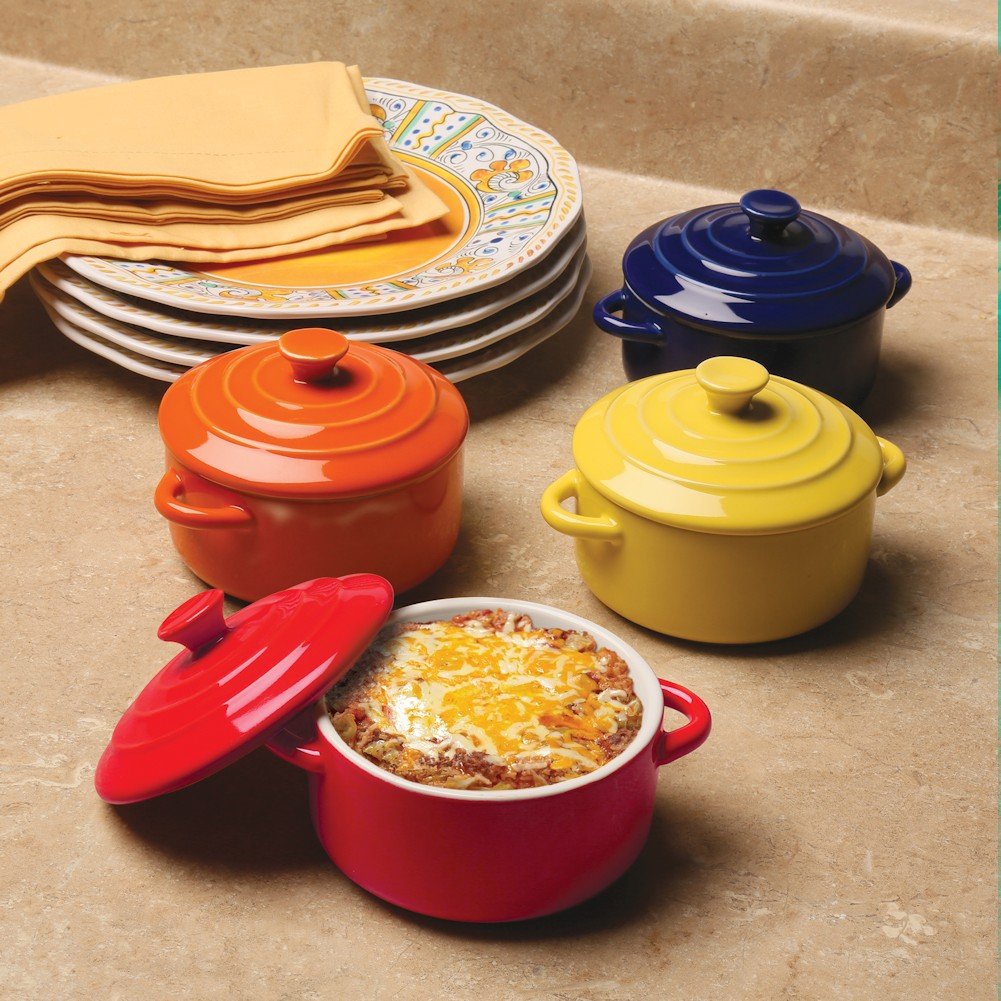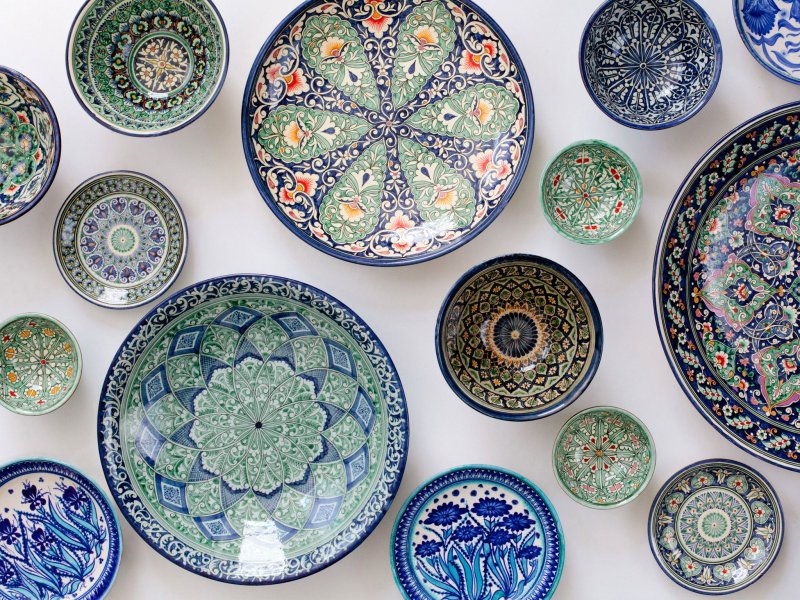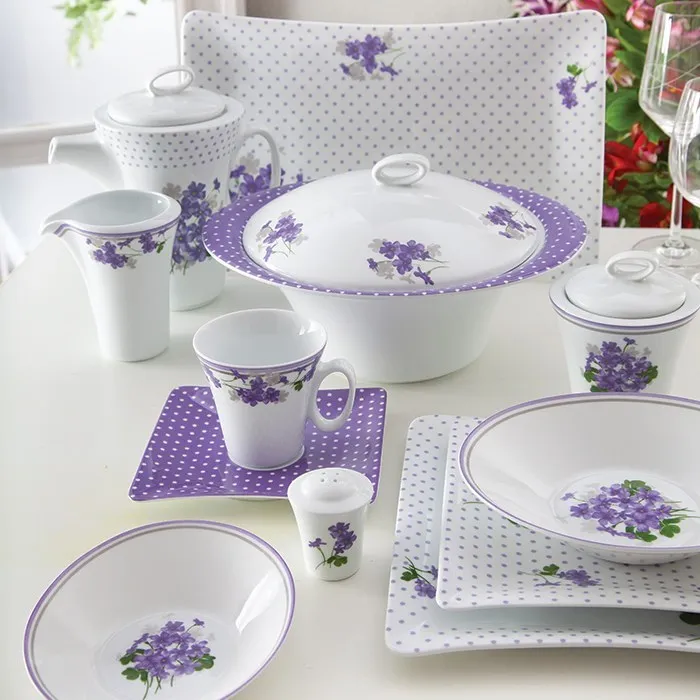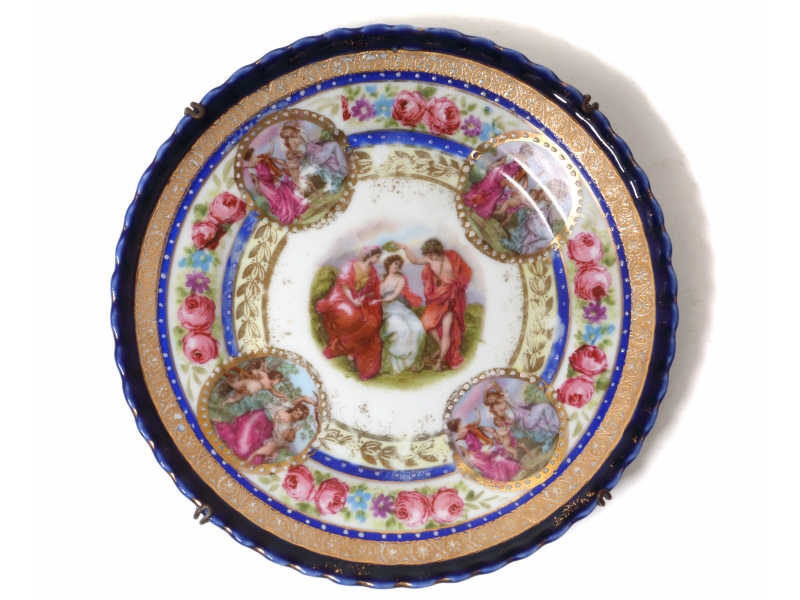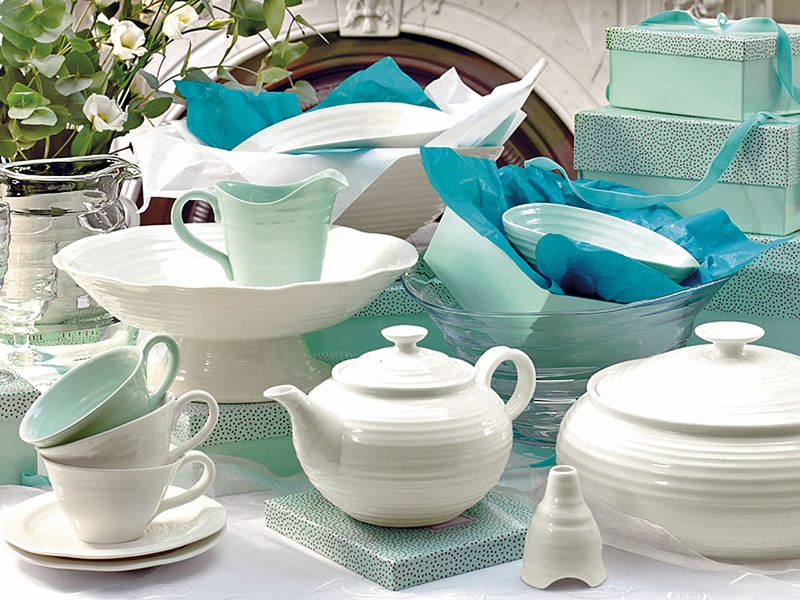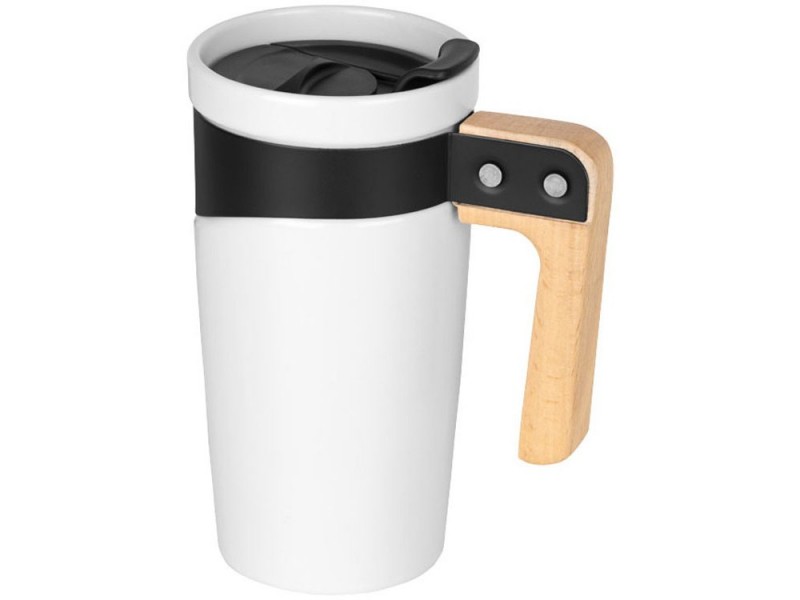Porcelain large plates are sophisticated and beautiful kitchenware items that have been widely used in households, restaurants, and hotels for centuries. Known for their elegance, durability, and versatility, these plates offer a stylish way to serve and present food.
Porcelain, a type of ceramic material, is created by firing a mixture of clay, feldspar, and quartz at extremely high temperatures. This process results in a hard and dense material that is highly resistant to chipping, scratching, and staining. It also provides the characteristic white and translucent appearance that porcelain is renowned for.
Large porcelain plates typically have a diameter of 10 to 12 inches, making them suitable for serving main courses, sharing platters, or even for decorative purposes. They come in various shapes, such as round, oval, square, and rectangular, catering to different serving needs and preferences.
The aesthetic appeal of porcelain large plates is undeniable. Their smooth and glossy surface enhances the presentation of food, making it look more appetizing. The bright white color of porcelain plates provides an excellent contrast for showcasing the vibrant colors of the dishes served on them. Moreover, porcelain’s elegant appearance adds a touch of sophistication and luxury to any dining setting.
Apart from their visual appeal, porcelain large plates offer numerous practical benefits. The material’s heat retention properties allow food to stay warm for longer, ensuring a delightful dining experience. Additionally, porcelain is oven-safe, allowing the plates to be used for cooking or keeping dishes warm. This versatility makes them a great investment for both home and professional kitchens.
Durability is another key advantage of porcelain large plates. Unlike other materials, such as stoneware or earthenware, porcelain is less prone to chipping or cracking. It can withstand the rigors of daily use and remains intact even after years of service. This durability makes porcelain plates an excellent choice for high-traffic areas, such as restaurants or hotels, where frequent washing and handling are required.
The non-porous nature of porcelain makes it resistant to absorbing odors, flavors, and colors from food. This quality ensures that the taste and aroma of different dishes won’t linger on the plate, allowing it to be easily cleaned and used for a variety of cuisines. Furthermore, porcelain’s non-reactive properties make it safe for use with acidic or alkaline foods, ensuring that no harmful substances leach into the food.
When it comes to maintenance, porcelain large plates are relatively easy to care for. They can be cleaned in a dishwasher, saving time and effort in the kitchen. However, to preserve their shine and longevity, it is recommended to hand wash them with mild soap and warm water. To avoid scratching the surface, it’s advisable to use non-abrasive sponges or cloths for cleaning.
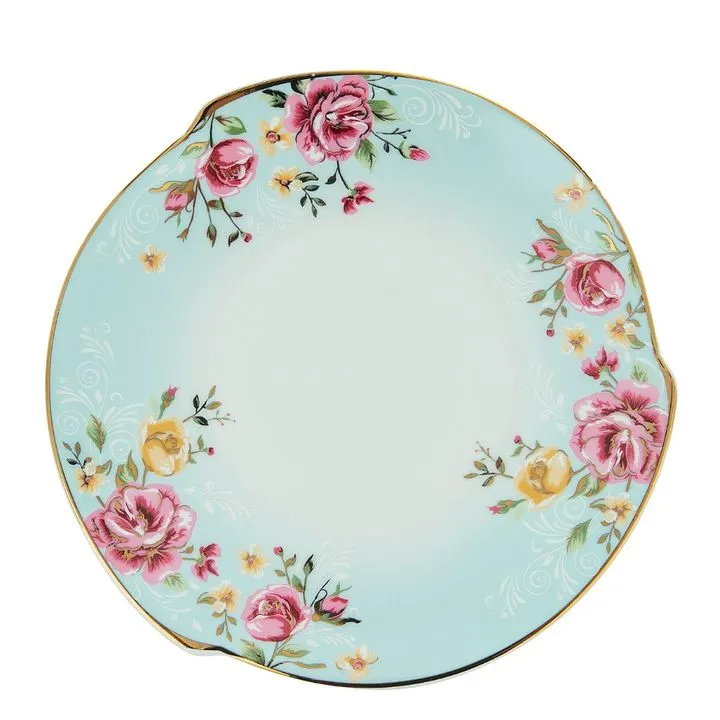
In terms of design, porcelain large plates offer a wide range of options to suit different styles and preferences. Traditional designs often feature intricate motifs or patterns, often hand-painted, reminiscent of classic tableware. Modern designs, on the other hand, embrace minimalism and sleek lines, making them suitable for contemporary dining spaces. With this variety, it’s easy to find porcelain plates that match the overall aesthetic of any interior.
In conclusion, porcelain large plates are not only visually appealing but also highly functional and durable kitchenware items. Their elegant appearance, heat retention properties, and resistance to chipping and staining make them a reliable choice for serving main courses and sharing platters. The ease of maintenance and wide range of design options further enhance their appeal. Whether used in homes or professional kitchens, porcelain large plates are a timeless addition that brings beauty and practicality to the table.Title: The Business of Porcelain Large Plates: A Guide to Manufacturing, Distribution, and Market Trends
Introduction:
Porcelain large plates have long been a staple in the restaurant and hospitality industry, as well as in households around the world. In this article, we will delve into the business aspects of porcelain large plates, exploring the manufacturing process, distribution channels, market trends, and key considerations for businesses looking to enter or expand within this industry.
1. Manufacturing:
The manufacturing of porcelain large plates involves several crucial steps. Firstly, the raw materials, such as clay, feldspar, and quartz, are carefully selected and mixed to create a homogenous blend. This mixture is then shaped into plate forms using molds or by throwing on a pottery wheel. The plates are then fired in kilns at extremely high temperatures, often reaching over 2,300 degrees Fahrenheit, to achieve the desired hardness and translucency. Finally, the plates undergo glazing and further firing to create the smooth, glossy surface that porcelain is known for.
2. Quality Assurance:
Ensuring high-quality porcelain large plates is essential for businesses in this industry. Manufacturers must employ strict quality control measures throughout the production process to maintain consistency and uniformity in terms of size, shape, color, and durability. Thorough inspections should be conducted to identify any defects or imperfections that may affect the end product’s functionality or aesthetic appeal.
3. Distribution Channels:
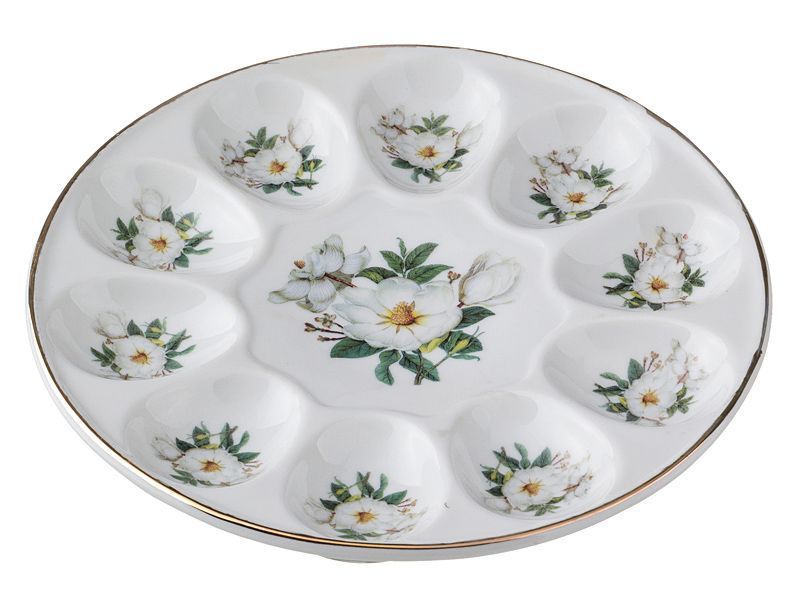
Porcelain large plates are typically distributed through a variety of channels. Manufacturers may sell directly to retailers or wholesalers, who then supply these plates to restaurants, hotels, catering services, and other hospitality establishments. Online platforms also play an increasingly important role in the distribution of porcelain ware, allowing customers to purchase directly from manufacturers or retailers. It is essential for businesses to carefully consider their distribution strategy, taking into account factors such as target market, convenience, and brand positioning.
4. Target Market:
Understanding the target market is key for businesses involved in the manufacturing and distribution of porcelain large plates. While these plates appeal to a wide audience, certain segments may have specific preferences or requirements. For example, high-end restaurants may prioritize plates with intricate designs or unique shapes to enhance the dining experience, while casual dining establishments may focus on durability and affordability. Additionally, households that frequently entertain guests may seek plates that offer both functionality and elegance.
5. Market Trends:
The porcelain large plate industry is constantly evolving, influenced by changing consumer preferences and emerging design trends. In recent years, there has been a growing demand for minimalist and contemporary designs that complement modern dining spaces. Sleek lines, muted colors, and unconventional shapes have become increasingly popular. However, traditional designs with intricate patterns and hand-painted motifs continue to have a strong following, particularly among collectors and those looking for a touch of nostalgia.
6. Sustainability and Eco-Friendly Practices:
In today’s environmentally-conscious world, businesses in the porcelain large plate industry are increasingly embracing sustainable and eco-friendly practices. Manufacturers are exploring ways to reduce energy consumption during production, minimize waste, and employ responsible sourcing of raw materials. Some are even experimenting with alternative materials that have a lower environmental impact, such as recycled porcelain or bio-based materials.
7. Pricing and Profit Margins:
Determining the pricing strategy for porcelain large plates requires careful consideration of production costs, market demand, and competition. Factors such as the quality of materials used, complexity of design, and brand reputation can influence the pricing decision. Additionally, businesses need to analyze their profit margins to ensure long-term sustainability and growth. Balancing affordability with profitability is crucial to maintaining a competitive edge in the market.

8. Branding and Marketing:
Building a strong brand and effective marketing strategy is essential for businesses in the porcelain large plate industry. Establishing a unique selling proposition, whether it be through product design, quality, or sustainability practices, can help differentiate a brand from competitors. Utilizing various marketing channels, such as social media, online advertising, and participation in trade shows or industry events, can help create brand awareness and reach the target audience.
9. Customer Satisfaction and After-Sales Service:
Ensuring customer satisfaction is paramount for businesses in the porcelain large plate industry. Providing reliable after-sales service, such as prompt response to inquiries, efficient handling of complaints, and replacement of defective products, is crucial to maintaining a positive brand reputation. Companies should strive to build long-term relationships with their customers by focusing on quality, durability, and exceptional customer service.
10. International Expansion Opportunities:
For businesses looking to expand globally, the porcelain large plate industry offers promising opportunities. By catering to diverse culinary traditions and dining cultures around the world, manufacturers and distributors can tap into new markets and reach a wider customer base. Understanding the unique preferences and requirements of different regions and adapting product offerings accordingly is crucial for success in international markets.
Conclusion:
The business of porcelain large plates encompasses various aspects, ranging from manufacturing and distribution to market trends and branding. Businesses in this industry must strive for high-quality products, understand their target market, and adapt to evolving consumer preferences. By embracing sustainability, building strong brands, and focusing on customer satisfaction, companies can establish a competitive edge in the market and unlock new opportunities for growth and expansion.
